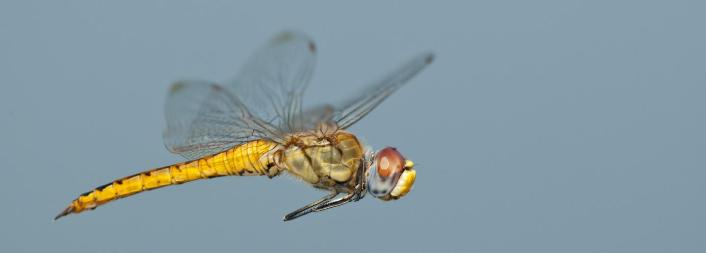Podcast: Play in new window

BOB HIRSHON (host):
Tiny insects, vast oceans. I’m Bob Hirshon and this is Science Update.
The delicate wings of dragonflies belie their propensity to fly great distances, buoyed by the wind. A new genetic study in PLOS ONE suggests that one species, Pantala flavescens – or the the globe skimmer – migrates such vast distances to breed that populations from Canada, India, Japan and beyond are all part of one big closely related family.
JESSICA WARE (Rutgers University):
Our results seem to be suggesting that they probably are crossing the Atlantic Ocean, the Pacific Ocean, vast expanses of open salt water, and that’s remarkable.
HIRSHON:
Rutgers University evolutionary biologist Jessica Ware says such a feat is challenging enough for much hardier birds and whales, and almost certainly leaves the reigning insect migratory champions, Monarch butterflies, in the dust.
WARE:
When you see one, it’s exciting to think where it may have been.
HIRSHON:
I’m Bob Hirshon, for AAAS, the science society.
Story by Susanne Bard
